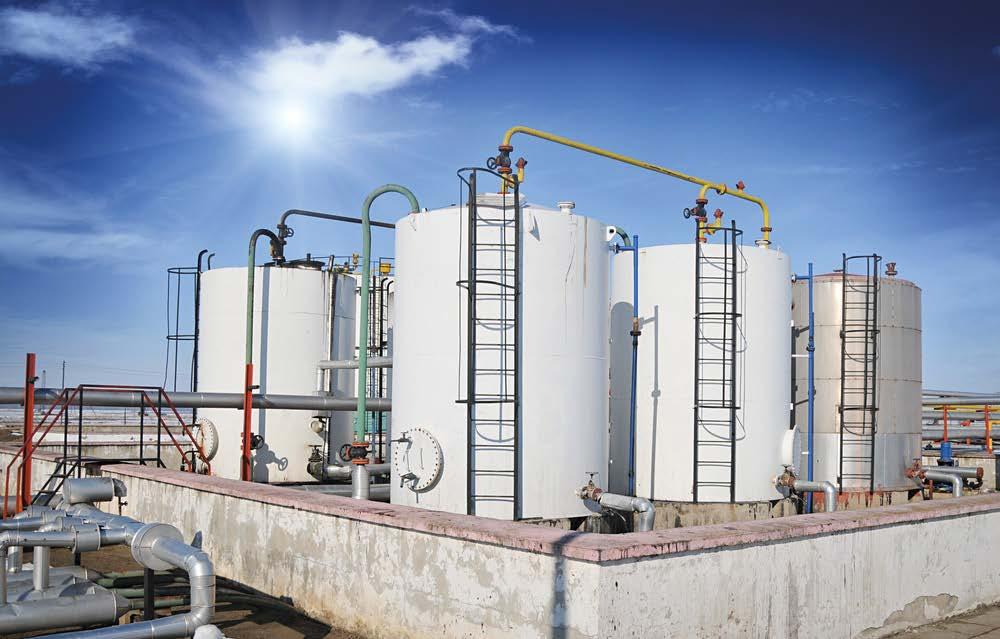
1 minute read
EDITOR’S LETTER
Alessia Venturi
Editor-in-chief Corrosion can cause tragic events for both people and the environment. Anyone unfamiliar with industrial and manufacturing activities is unlikely to understand this, unless it is explained and made intelligible to them by the media after one of such accidents. Yet this natural phenomenon of deterioration, due to the very nature of materials and particularly of metals, has a devastating impact on the GDP of nations and, if not carefully controlled and prevented, it can cause the collapse of structures and assets in a wide variety of sectors. In this context, micro-corrosion and macro-corrosion are equally dangerous. Indeed, corrosion has been behind some of the world’s most notorious tragic events, from oil spills at sea to the collapse of bridges and viaducts, as recently happened in Italy, with the Morandi Bridge in Genoa. This is why that of corrosion protection, prevention, and mitigation is one of the most technical and complex industrial sectors, but also one of the most conservative ones in terms of introducing new technologies. This probably happens because it is risky to switch from proven technologies that are considered reliable (despite their high environmental impact, in some cases) to new technologies that lack a history of longterm use and analysis of their durability performance. In the corrosion protection industry, qualitative tests on new generation materials are of fundamental importance because they make it possible to assess their characteristics in the short term but above all, with long-term tests, to realistically assess the effectiveness and durability of coatings. For example, some market players are now successfully trying to spread the use of high-build water-based paints for certain applications, which also have the advantage of being non-flammable, or even of powder coatings, which are an effective, zero-emission solution for the protection of outdoor structures and metalwork. This ipcm®_Protective Coatings issue includes some technical articles and success stories on the application of these new technologies, as well as insights into maintenance techniques, which are another key aspect of corrosion prevention.
Be it corrective, preventive, or predictive, maintenance is actually the first defence we have against corrosion damage. However, of course, it can be costly in terms of both time and resources: this is why it is necessary to devise measures that best balance efficiency and execution.










